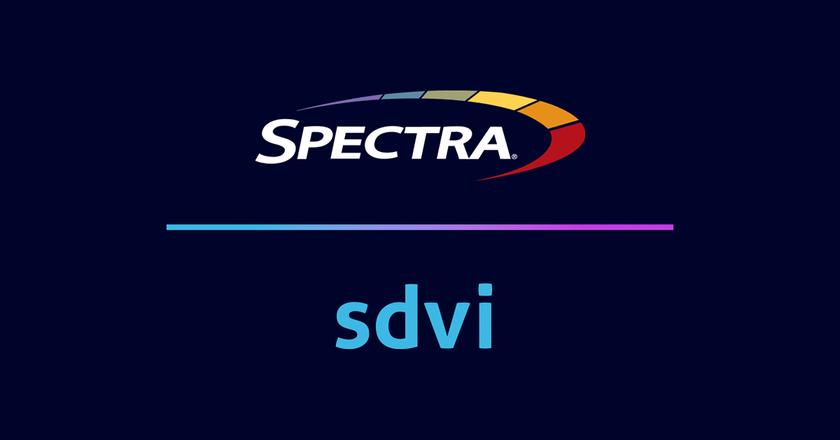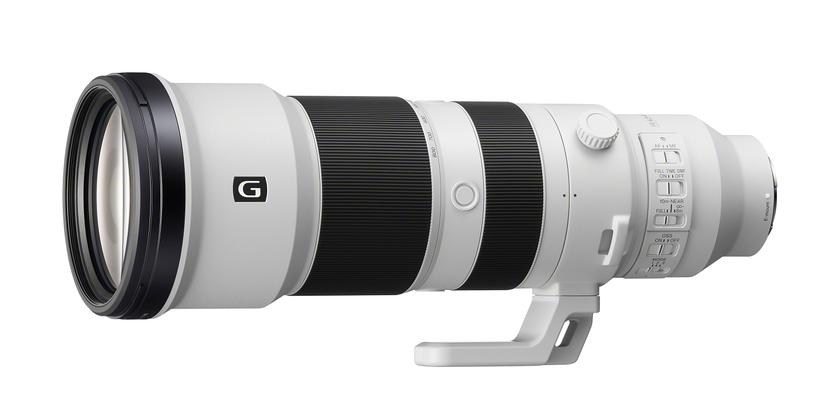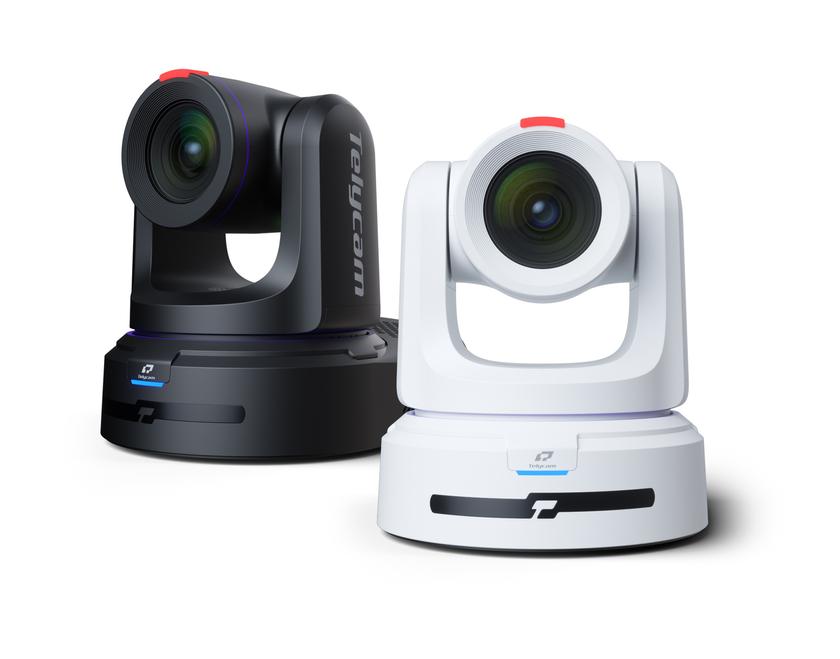Dolby introduces new loudness, transcoding and licensing tools

Dolby unveiled new tools for its broadcast audio portfolio at NAB including a new Media Meter, as well as new features to the LM100 broadcast loudness meter and Dolby DP600 program optimizer.
The company’s aacPlus prototype codec is desiged for situations where high-quality and high-efficiency coding are priorities. It is an essential addition to the company’s suite of audio solutions including Dolby Digital and Dolby Digital Plus.
The company’s broadcast loudness technologies have reduced viewer complaints related to abrupt changes in volume that occur between programs or when switching channels. Media Meter is a software loudness meter for Mac and PC applications that utilizes measurement techniques such as Dialogue Intelligence technology.
Adapted from the LM100, the Media Meter allows post-production and broadcast facilities to more easily meet content delivery specifications. The product will be available later this year.
In addition, Dolby upgraded its LM100 to incorporate the new ITU-R BS.1770 Loudness Algorithm —recognized as a worldwide de facto standard for broadcast program measurement. The LM100 includes true-peak measurement support per ITU-R BS.1770 Annex 2 and ITU method Dialogue Intelligence support via user control. The ITU-R BS.1770 method is included in addition to the legacy Leq(A) method that the LM100 has utilized for years.
Finally, Dolby demonstrated the transcoding capabilities of the DP600 program optimizer and the Digital Plus Encoder OEM Module with Dolby E, Dolby Digital, Dolby Digital Plus and aacPlus audio formats. The aacPlus codec will use Dolby code base for an improved audio quality version of HE AAC and wil be fully compliant with the HE AAC standard.
For more information, visit www.dolby.com.
Get the TV Tech Newsletter
The professional video industry's #1 source for news, trends and product and tech information. Sign up below.













